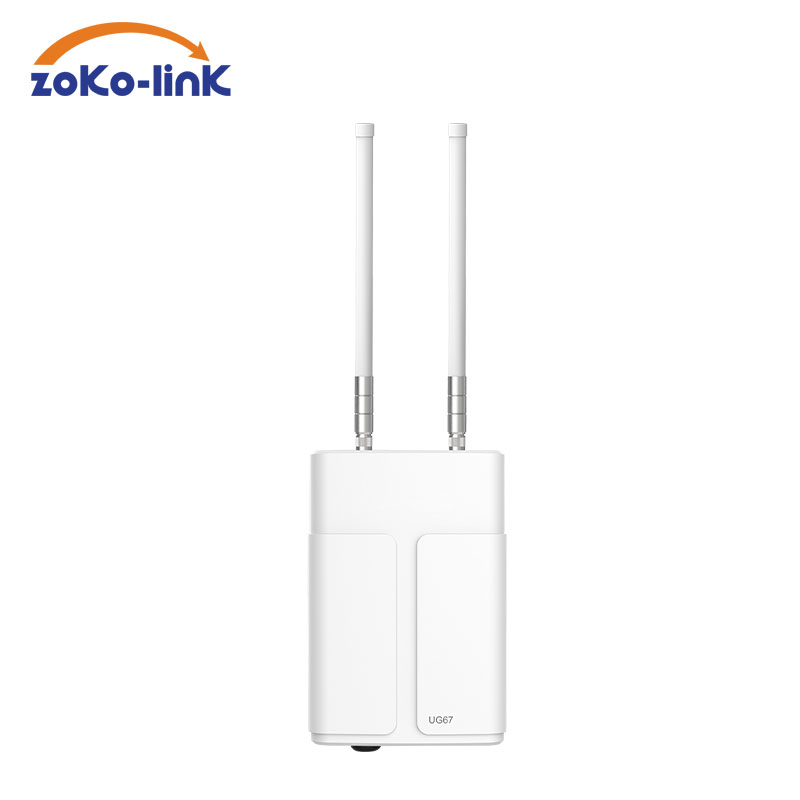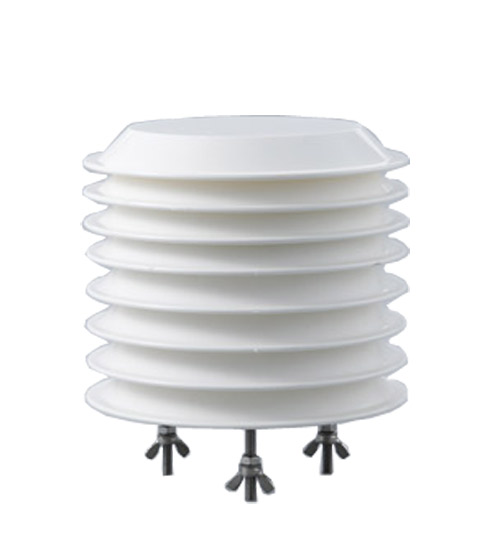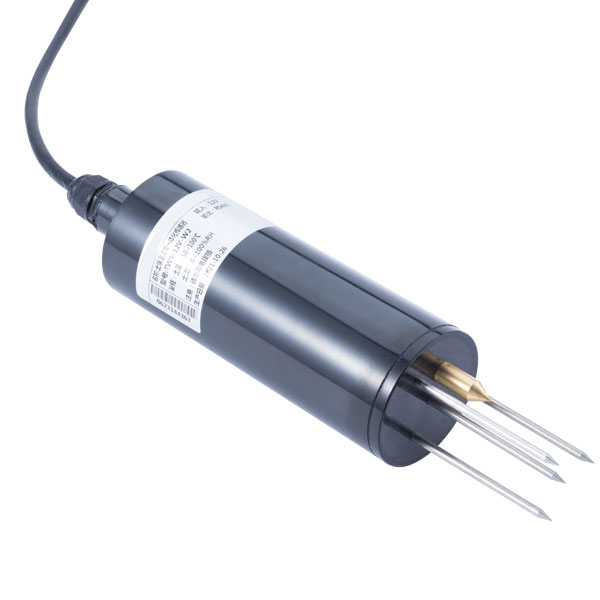

— Blogs —
—Products—
 Consumer hotline +8618073152920
Consumer hotline +8618073152920 WhatsApp:+8615367865107
Address:Room 102, District D, Houhu Industrial Park, Yuelu District, Changsha City, Hunan Province, China
Product knowledge
Time:2021-12-26 12:55:38 Popularity:999
The difference between LoRaWAN and 3GPP technology The benefits of LoRaWAN technology application
For many requirements, LPWAN requires the lowest cost and lowest power. In actual use cases (approximately 20 messages/day), the power consumption of LoRAWAN is 5 times better than that of LTE Cat NB1. The required peak current is reduced by a factor of 10-equivalent to a reduction in battery size by an order of magnitude, and the service life is extended by ten years.
The main differences between LoRaWAN and 3GPP:
Another major difference between LoRaWAN and 3GPP is the use of unlicensed spectrum. LoRaWAN allows easy deployment of "campus" networks (smart cities, smart buildings, smart airports, smart factories) with thousands of devices in a small area. The corporate network can be completely under the control of the customer, and the data is still encrypted end-to-end.
What are the benefits of choosing LoRaWAN
Coverage With CSS and ADR, the device can communicate with gateways up to 15 kilometers away in open areas, and can communicate with gateways up to 5 kilometers in cities, which means that a single gateway can cover all around 700 square kilometers. equipment. The coverage also extends indoors, reaching the basement or service pipes below the street.
1. Low power consumption and service life
Low power consumption and low peak current requirements, LoRaWAN data transmission and reception require low current (less than 50 mA), which greatly reduces the power consumption of the device. A single charge can make the device life of up to ten years, greatly reducing the support and Maintenance costs.
2, cost saving
Wide coverage and relatively low gateway cost significantly reduce the cost of LoRaWAN network deployment. For equipment, the price of the communication module is in the range of US$10, and unlicensed spectrum means that the cost of the connection is only US$1/year.
3, location service
Since the signal from a specific device can be received by multiple gateways, the location of the device can be calculated according to the signal strength and/or signal arrival time of each base station, thereby realizing network-location-based services, which can be used to track or perform device tracking Geofencing.

4, deep penetration
LoRa radio modulation allows deep indoor penetration and increases the ability to reach the sensor of a water meter or gas meter located underground.
5. No need to obtain any frequency license
LoRaWAN network is deployed on the free ISM frequency band (EU 868, AS 923, US 915 Mhz), allowing any service provider or company to deploy and operate LoRaWAN network without obtaining any frequency license.
6. Quickly build and commercialize
LoRaWAN open standard combined with cost-free operating frequency and low-cost base stations, enabling operators to launch networks in just a few months with minimal investment. Two-way communication Full two-way communication supports various use cases that require uplink and downlink: for example, street lighting, smart irrigation, energy optimization or home automation.
7, one-stop management
LoRaWAN network supports multiple vertical solutions, allowing service providers to use one platform and standard to manage various use cases, such as smart buildings, precision agriculture, smart metering or smart cities.
Prev:How to choose a LoRaWAN gateway
Next:GPRS DTU is a wireless data terminal for the Internet of Things
Sensors & Weather Stations Catalog
Agriculture Sensors and Weather Stations Catalog-NiuBoL.pdf
Weather Stations Catalog-NiuBoL.pdf
Related recommendations
Related products
 Atmospheric Temperature Humidity Pr···
Atmospheric Temperature Humidity Pr··· Soil Temperature Moisture Sensor 4-···
Soil Temperature Moisture Sensor 4-··· Air temperature, humidity and atmos···
Air temperature, humidity and atmos···
Screenshot, WhatsApp to identify the QR code
WhatsApp number:+8615367865107
(Click on WhatsApp to copy and add friends)